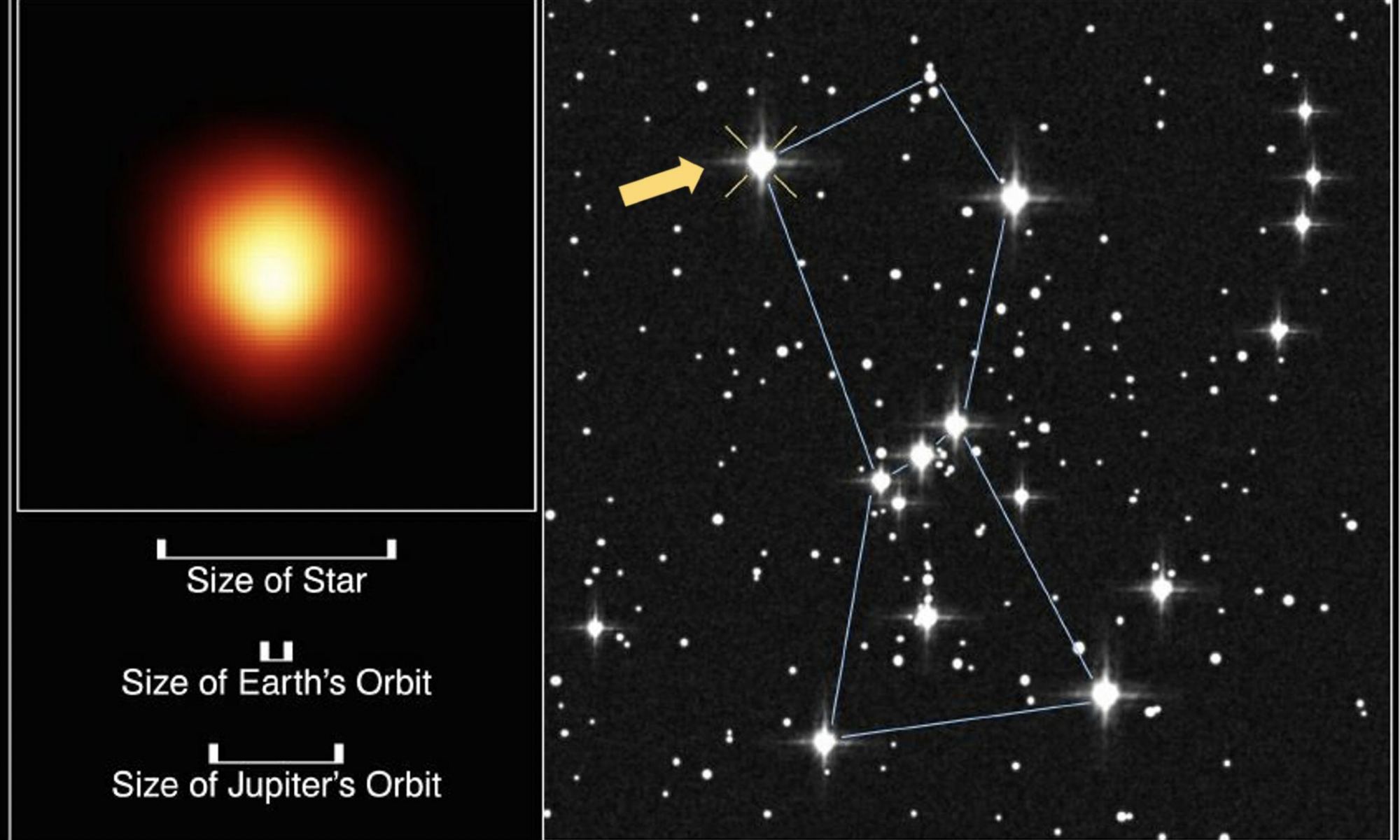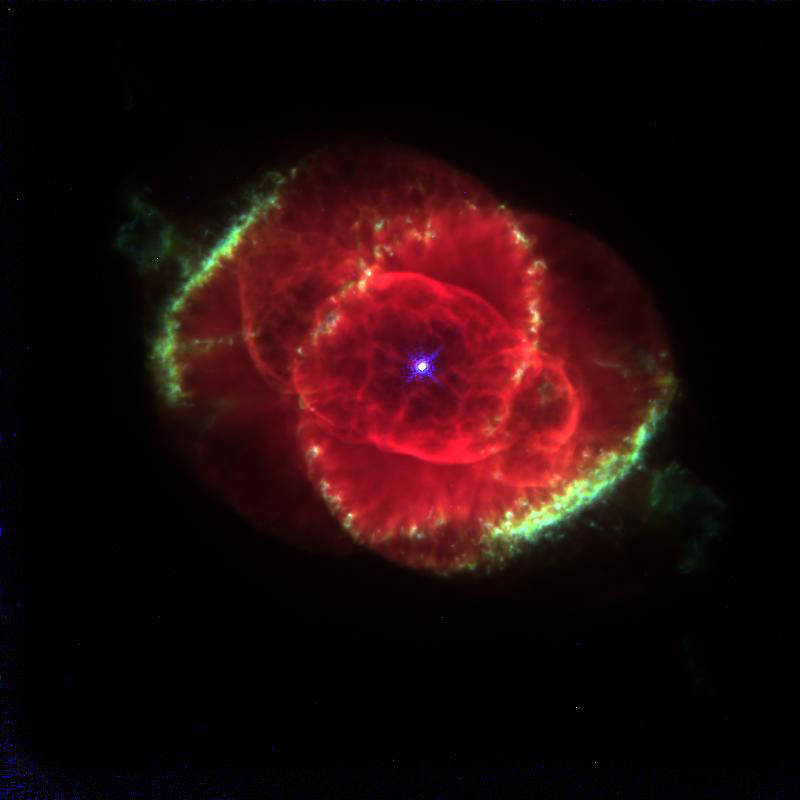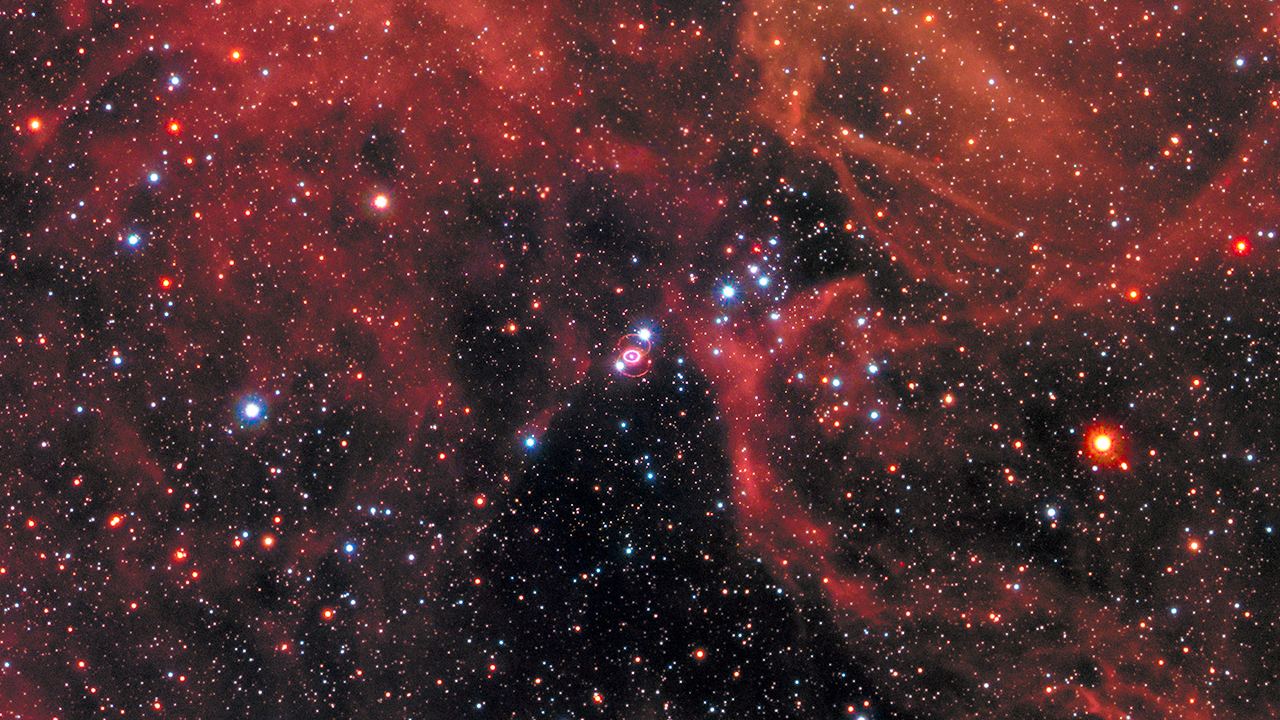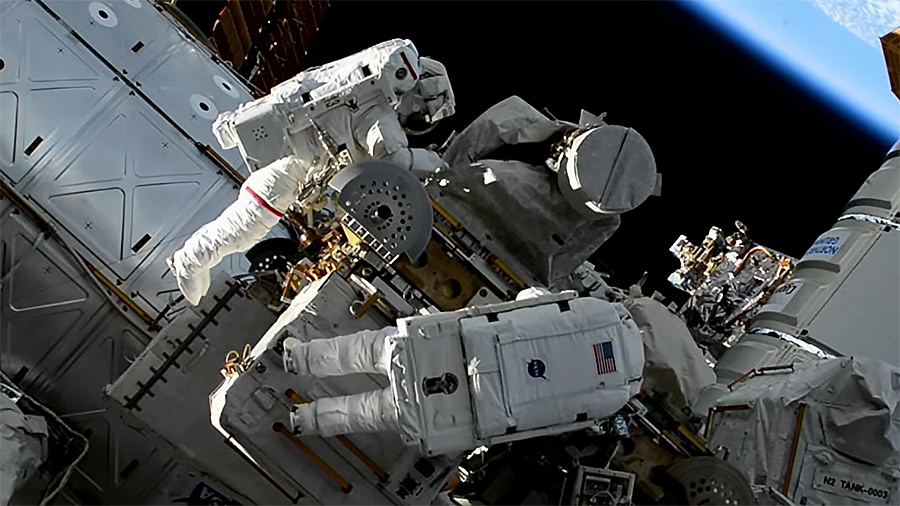To those familiar with optical telescopes, the idea of doing something to achieve higher resolution with their telescope may seem alien, if not, then practically impossible. A telescopes resolution is determined by among other things, its aperture – diameter of the thing that collects light (or electromagnetic radiation) and of course you can’t easily change that. Enter the team at ALMA, the Atacama Large Millimeter Array who have become the first to use the Band 10 receiver and extreme separation of the receivers to boosting its resolution so they can see detail equivalent of detecting a 10 meter long bus on the Moon!
Continue reading “A New Technique Has Dramatically Improved ALMA’s Resolution”A New Technique Has Dramatically Improved ALMA’s Resolution










